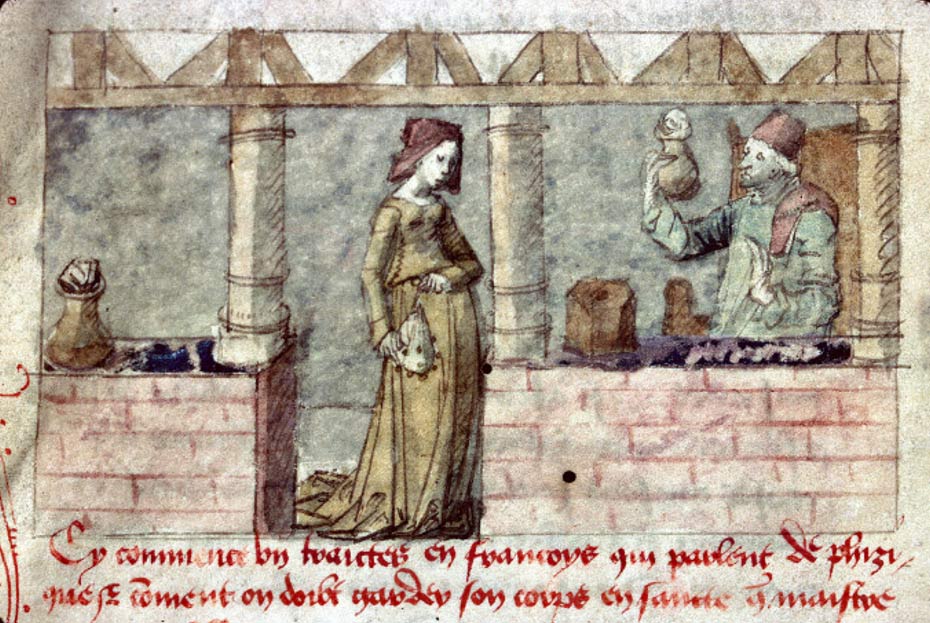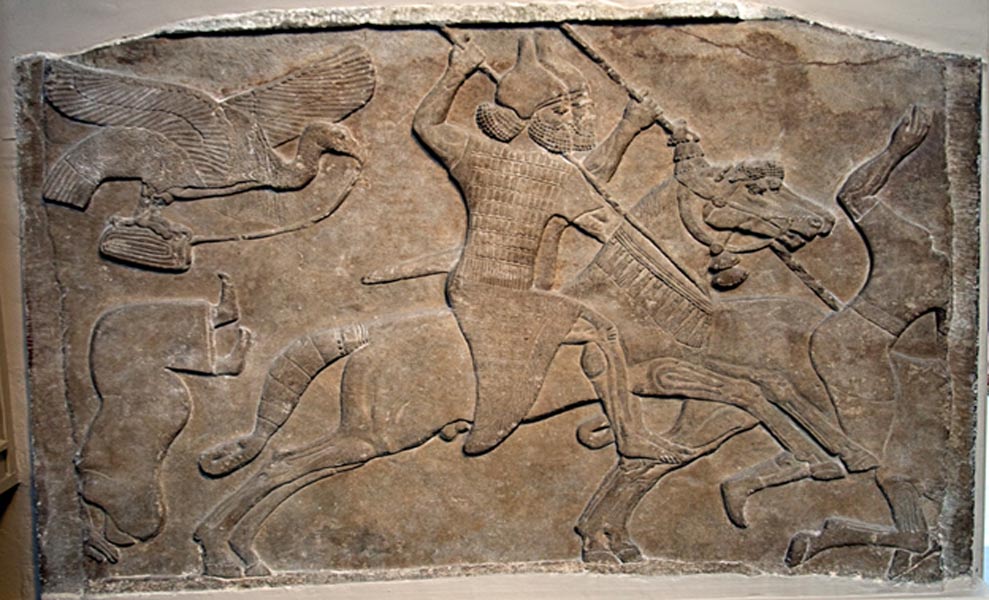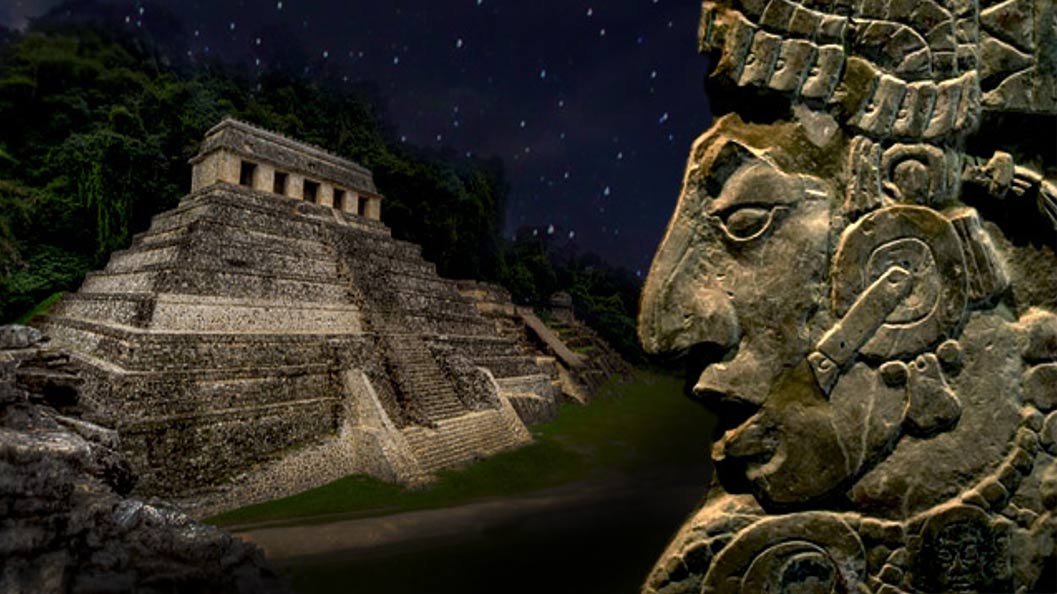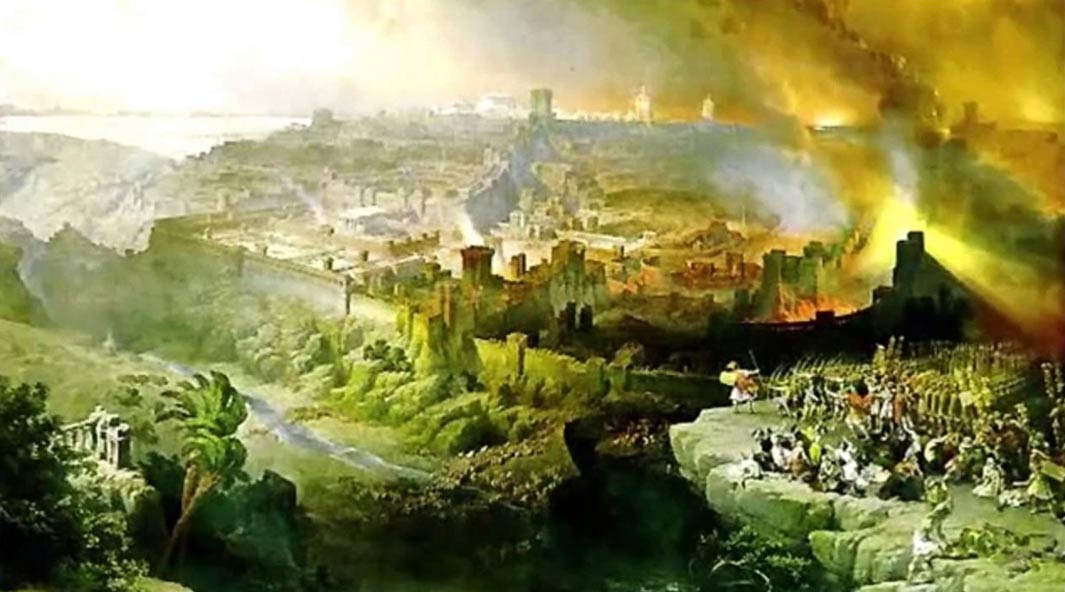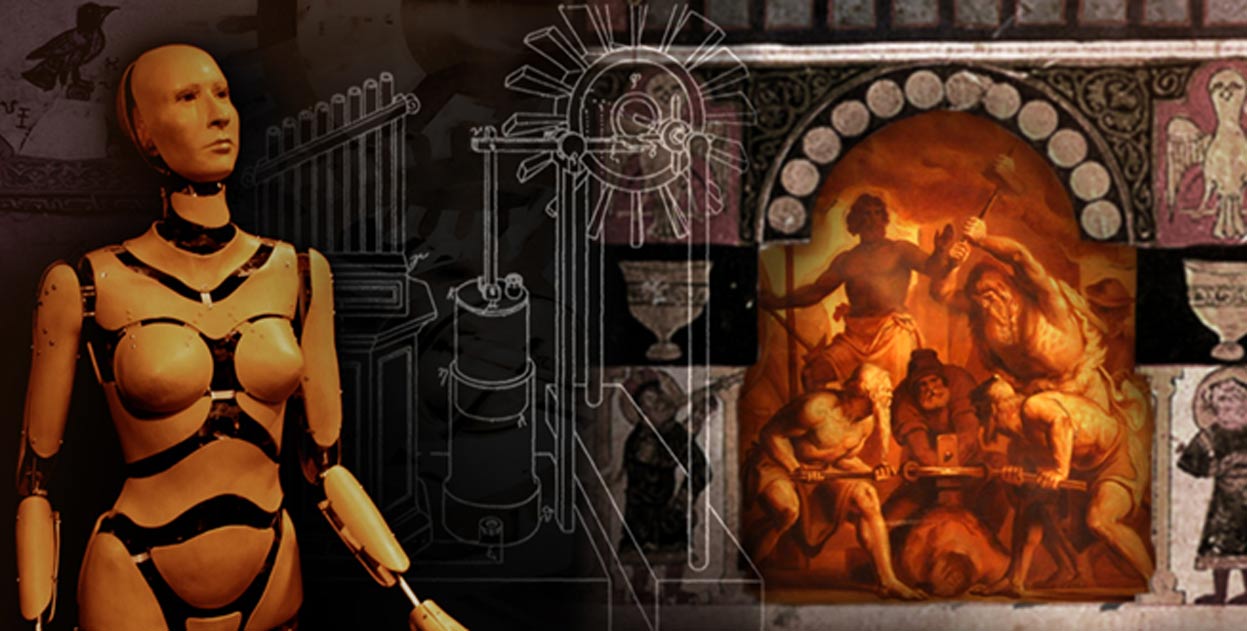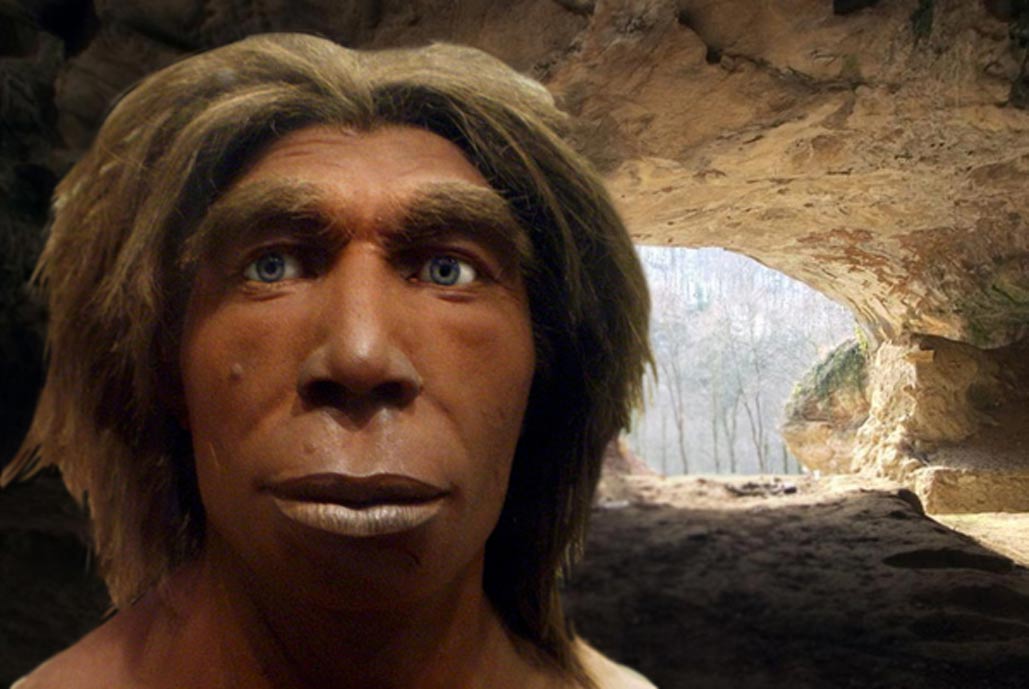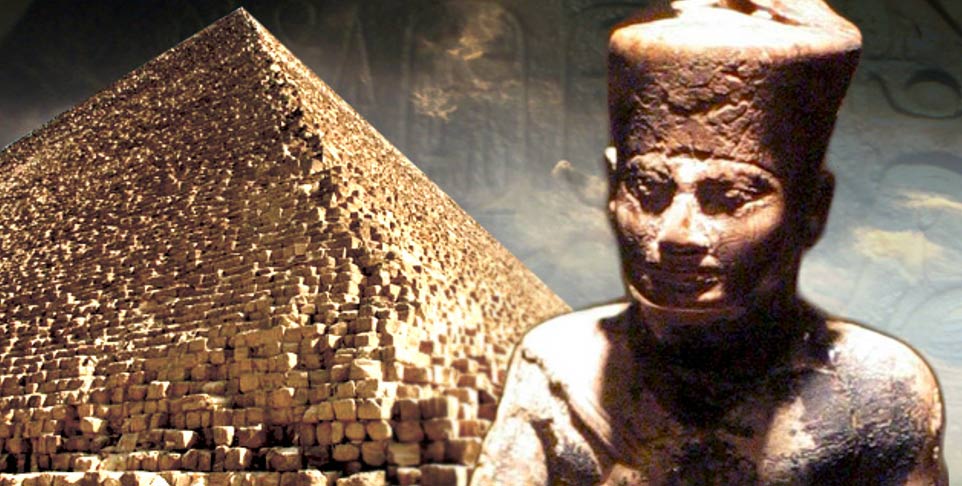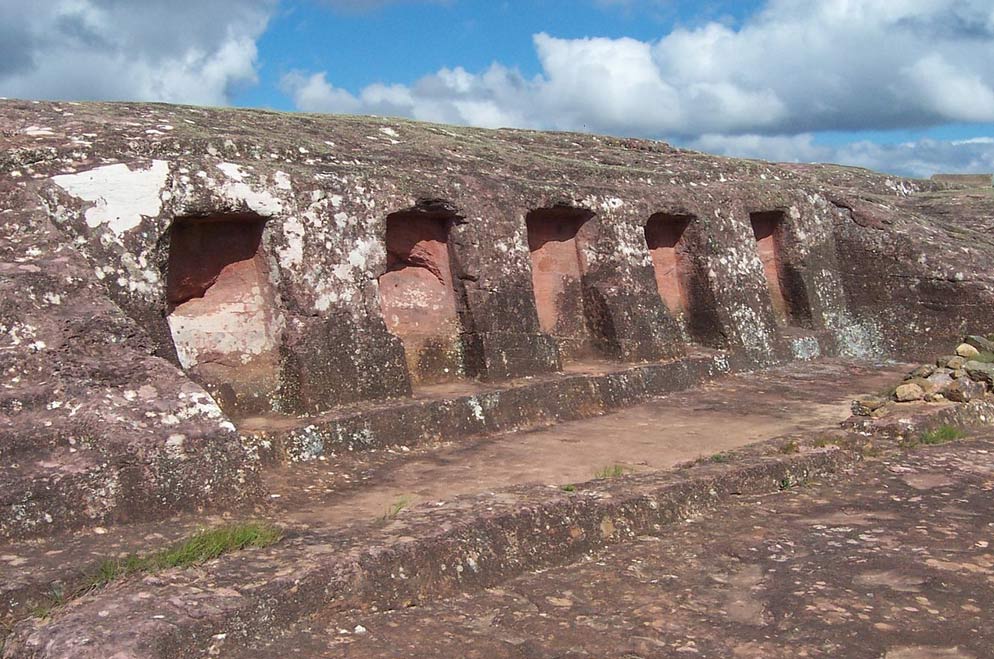Queens Pyramids and the Zep Tepi: Primary Planning During the Apex of the Golden Age
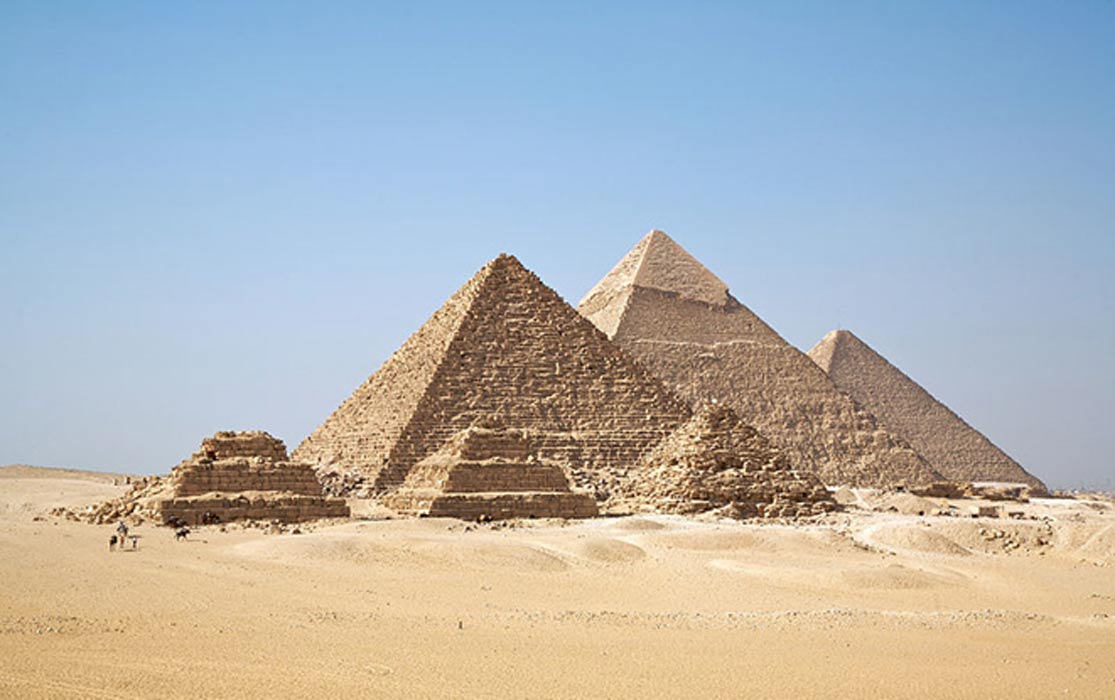
Since the beginning of the nineteenth century and for the middle of the twentieth, an excessive and erratic haste to visit and explore ancient Egyptians ruins took place, as if the Ultimate Truth on mankind’s distant past could emerge from the ancient sands of Egypt. This Gold Rush culminated in the late forties, when the imaginary curve on the Cartesian’s axes, crept down, slowly, inexorably, plummeting to the lowest point in modern times.Read more
